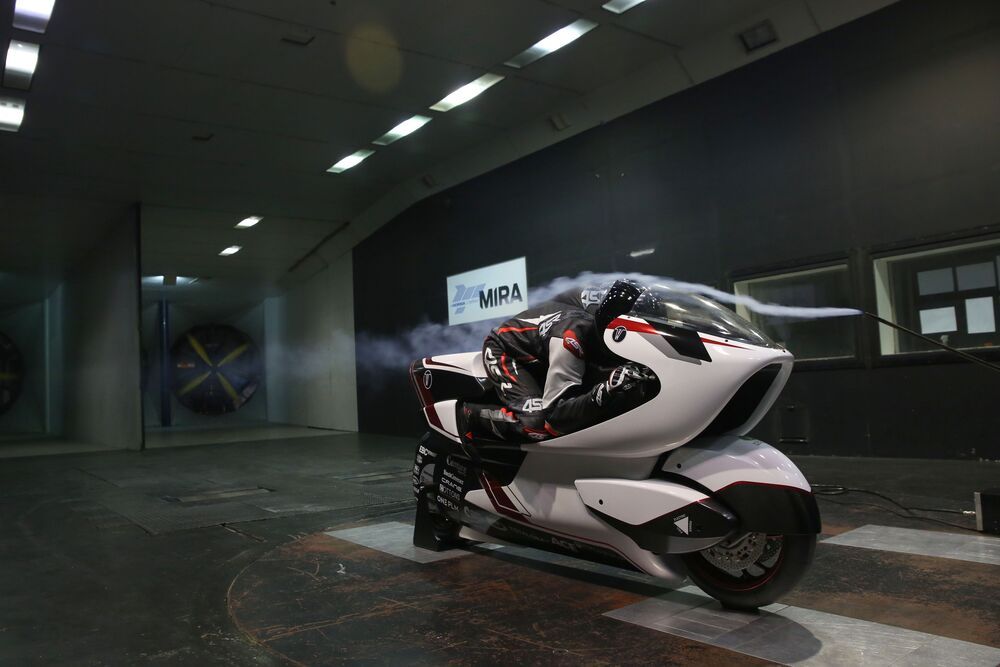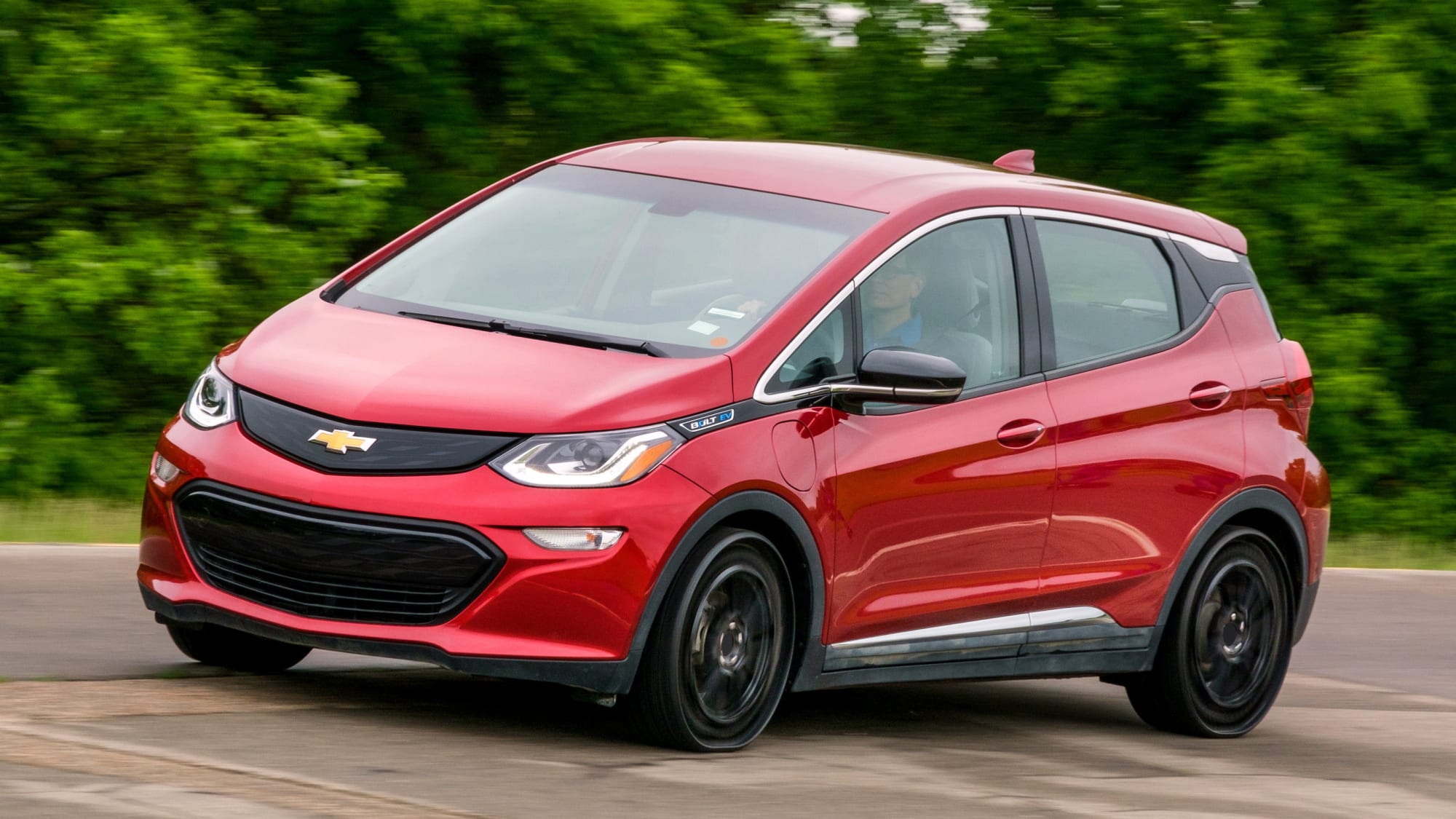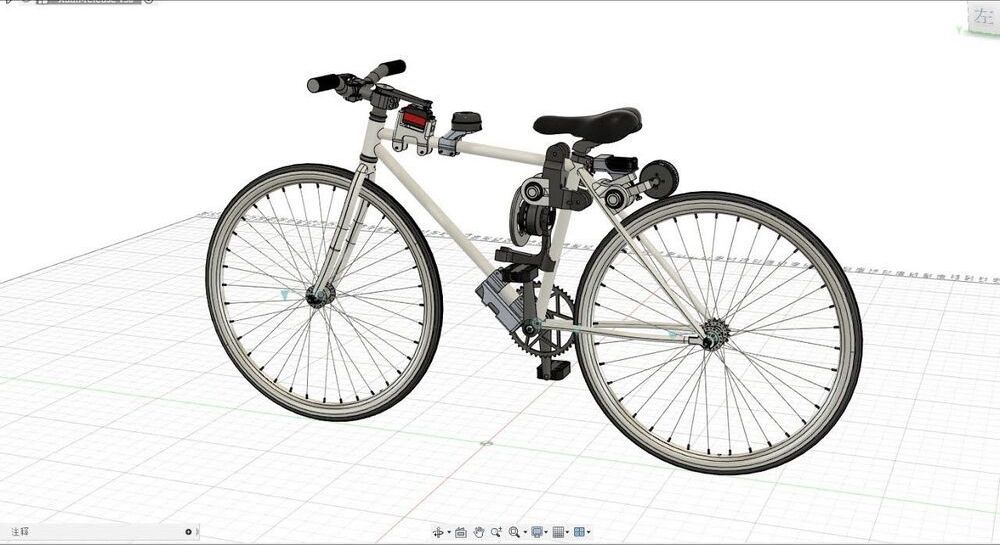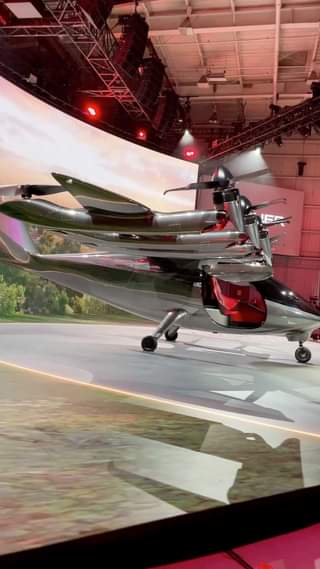There’s no motorcycle on the planet like this one. British company White Motorcycle Concepts (WMC) has put land speed record holders on notice with a 2WD, hydraulically hub-steered electric motorcycle, designed around a giant hole. The company says the WMC250EV should be capable of more than 250 mph (402 km/h) thanks to a massive 69 percent reduction in drag.
Rob White has paid his dues in the racing world, working on numerous Formula One, Le Mans Prototype, V8 supercar and World Endurance Championship race teams over the last 25-odd years. And his approach to motorcycle design is clearly influenced by the world of high-end cars.
Going super fast ends up being much more about aerodynamics than horsepower; the air becomes a ferocious adversary as you move past two or three times highway speed. Motorcycles are aerodynamically ugly without big, streamlined fairings, chiefly because of the big, funny-shaped human on the back.










